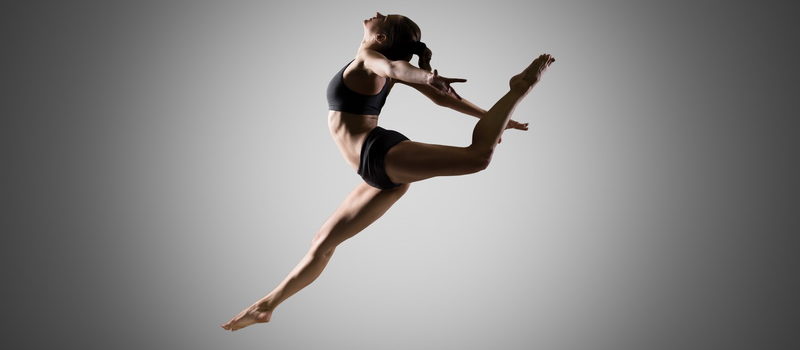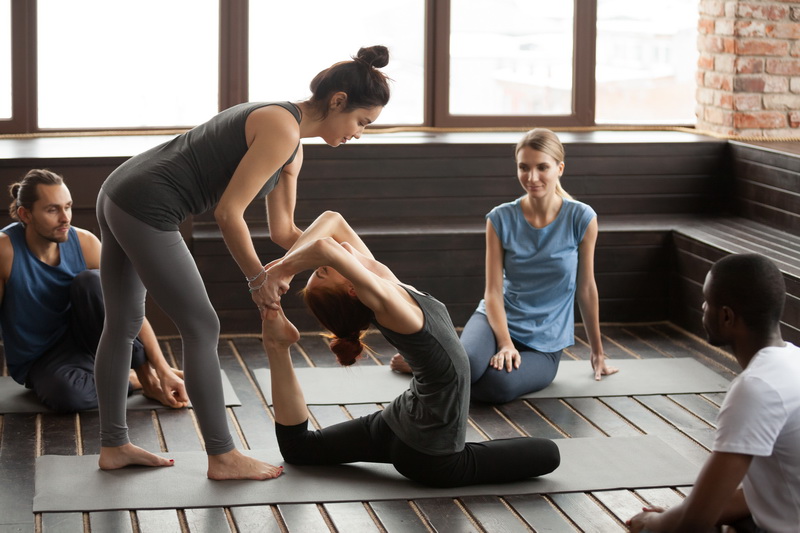
Sports injuries are common, and Gymnastics has one of the highest injury rates among girls’ sports, with almost 100,000 gymnasts injured each year. The majority of gymnastics injuries are caused by poor form, accidents, and poor preparation. Physical therapy can help you prepare for intense gymnastics, and can also help you recover from a serious injury. At Health Plus Physical Therapy and Rehabilitation Center in Edison, NJ has point out how to use physical therapy to prevent and heal gymnastics injuries

Common gymnastic injuries
Gymnasts must be both powerful and graceful. They first learn to perfect a skill and then work on making their bodies look elegant while performing it.
Gymnasts use both their arms and legs, putting them at risk for injury to almost any joint in the body. Some gymnastics injuries, such as bruises and scrapes, are inevitable. More serious, common gymnastics injuries include:
- Ankle sprains
- Wrist fractures
- Shoulder instability
- Knee and low back pain
- Finger and hand injuries
- Cartilage damage
- Anterior cruciate ligament (ACL) tears
- Spinal fractures and herniated discs
- Achilles tendon strains or tears
- Colles’ fracture
- Burners and stingers
Load Balancing
One of the most important aspects of physical therapy is load balancing. Our body is designed to handle heavy loads in specific ways. For example, we can walk on our hands with training, but our body was designed to walk with our legs.
In gymnastics, our body is trying to handle loads in different and new ways. While there is nothing wrong with this, our body needs to be able to balance those loads across whatever parts are carrying it at the time.
Practice your routines and skills mentally
If you can’t physically perform the skills, mental preparation is the next best thing. Stand on the edge of the beam, hang on the bars or sit on the pommel horse, close your eyes and visualize your routines. Create mental images, rehearse the verbal cues that you would tell yourself, and perform the skill over and over in your mind as if you were actually performing it.
Body Alignment
Alongside load balancing is body alignment. To properly handle your weight, your body must have all of its parts working properly. Your spine, for example, is made up of many smaller vertebrae, ligaments, and muscles. If one of your vertebrae is out of alignment, your spine cannot work efficiently and you will likely be in pain. Through physical therapy, you realign that vertebrae and strengthen the muscles around it to keep it in place. That way, your body can work efficiently and without pain so that you can enjoy what you are doing.
Perform your rehabilitation exercises
You have plenty of time in the gym to work on the home exercise program that your therapist created. If you are injured, you need to retrain your muscles to be more effective and stronger than they were before.
Fortunately, physical therapy is used for muscle retraining after an injury. Your physical therapist works with you to practice using an injured muscle with low intensity exercises. This promotes faster healing by helping the muscle create new tissue. It also promotes more efficient movements so that your body is less likely to experience an injury the next time.
Work on your core strength
No matter what your injury is, more than likely strengthening your core will help. You should spend a full rotation at practice working on your core. Strengthening your core will not only help lower extremity, upper extremity, and spine issues, but it will also make you a stronger gymnast with an improved handstand when you return.
Practice good nutrition
Your body needs the right types of nutrients and food for proper healing to occur; therefore it is very important to eat well during the recovery of an injury. Since your level of activity will change during this period, your eating habits should also change. Seek out a sports nutritionist to help you make healthy choices.
How can injury be prevented?
Many gymnastics injuries can be prevented by following
proper training guidelines, using safety equipment, and incorporating the
following tips:
- Wear all required safety gear whenever competing or training — special equipment may include wrist guards, hand grips, footwear, ankle or elbow braces, and pads
- Do not “play through the pain” — if you are hurt, see your doctor and follow instructions for treatment and recovery fully
- Make sure first aid is available at all competitions and practices
- Inspect equipment to ensure that it is in good condition, including padded floors, secured mats under every apparatus, and safety harnesses for learning difficult moves
- Insist on spotters when learning new skills
- Warm up muscles with light aerobic exercise, such as jumping jacks or running in place, before beginning training or new activities
Gymnasts face a high chance of being injured, but physical therapy can be an effective tool for preventing and recovering from injuries. Working with a licensed and certified physical therapist can lead to significant health improvements. It can also lead to better gymnastic performance through training and development.
Get Started with physical therapist
If you are ready to start your physical therapy with expert physical therapist team, contact Health Plus Physical Therapy and Rehabilitation Center in Edison, NJ at 732-494-5999 to schedule your appointment.
